Design systems are an essential part of the design process, particularly in the field of user experience (UX) design. At Future, it is a key component of creating a seamless and consistent user experience for our clients' customers.
But what exactly is a design system, and why do they matter?
A design system is a collection of design principles, guidelines, and reusable components that can be applied across a variety of digital products and platforms. It helps to ensure that all of a company's products and services have a cohesive look and feel, which can improve brand recognition and customer satisfaction.
Here are a few reasons why design systems are important
01
Aids in Consistency
One of the main benefits of a design system is that it helps to create consistency across a company's products and services. This can improve the user experience and make it easier for users to recognize and trust the brand. For example, let's say a company has a mobile app and a website.
Without a design system, the designers working on these two products would have to come up with their own designs and styles for each element, such as buttons, navigation menus, and headings. This could result in a disjointed user experience, with the app and website feeling like two separate entities rather than part of the same brand.
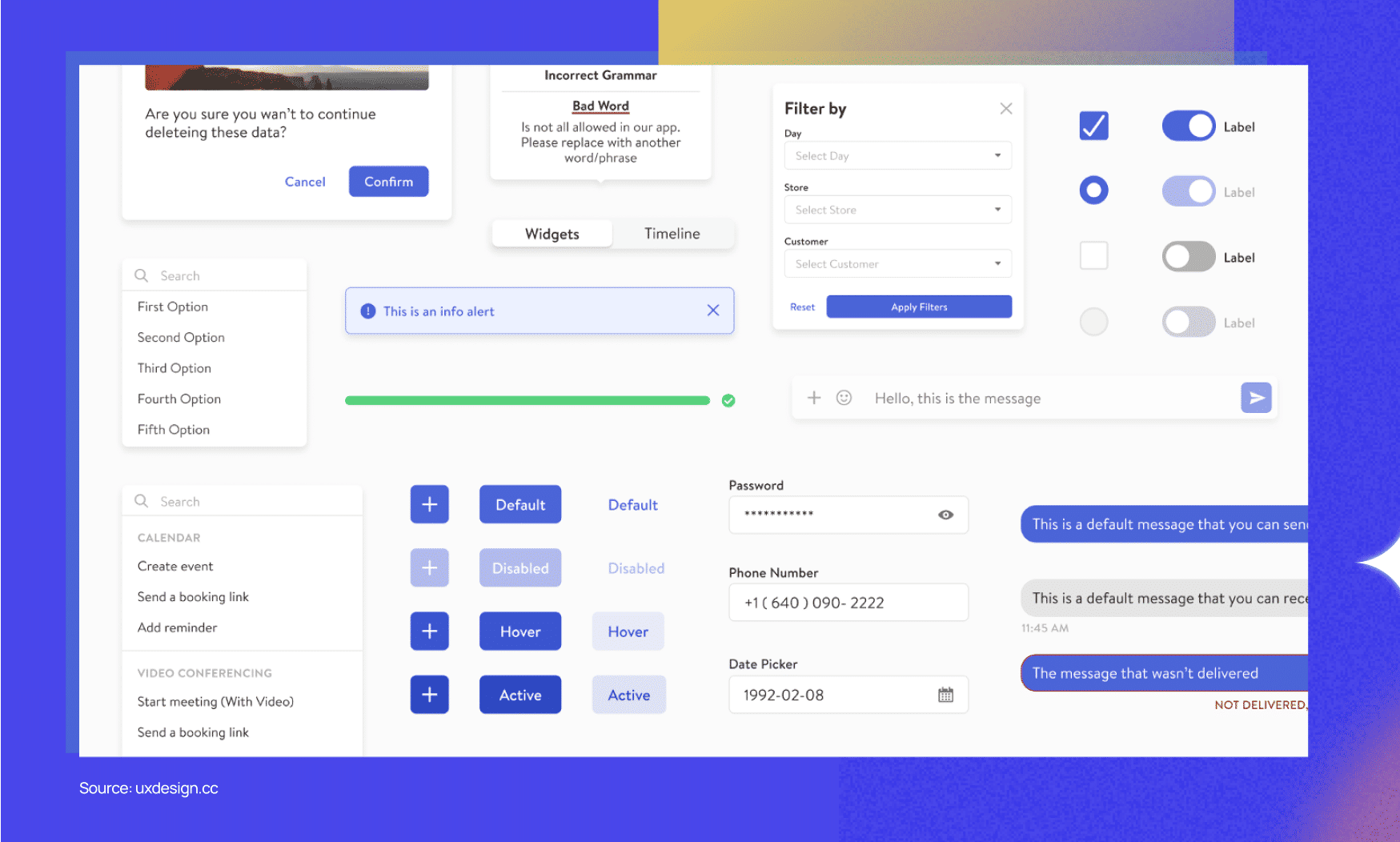
02
Better for Communication
One of the main benefits of a design system is that it helps to create consistency across a company's products and services. This can improve the user experience and make it easier for users to recognize and trust the brand. For example, let's say a company has a mobile app and a website.
Without a design system, the designers working on these two products would have to come up with their own designs and styles for each element, such as buttons, navigation menus, and headings. This could result in a disjointed user experience, with the app and website feeling like two separate entities rather than part of the same brand.
03
Iterate Faster
By using a design system, designers can iterate on product designs more quickly and efficiently. Instead of starting from scratch every time, they can use the design system to make updates and improvements to existing products and features. For example, if a design system specifies that all buttons should be a certain size, color, and shape, one change in the system can translate across all design assets instantly.
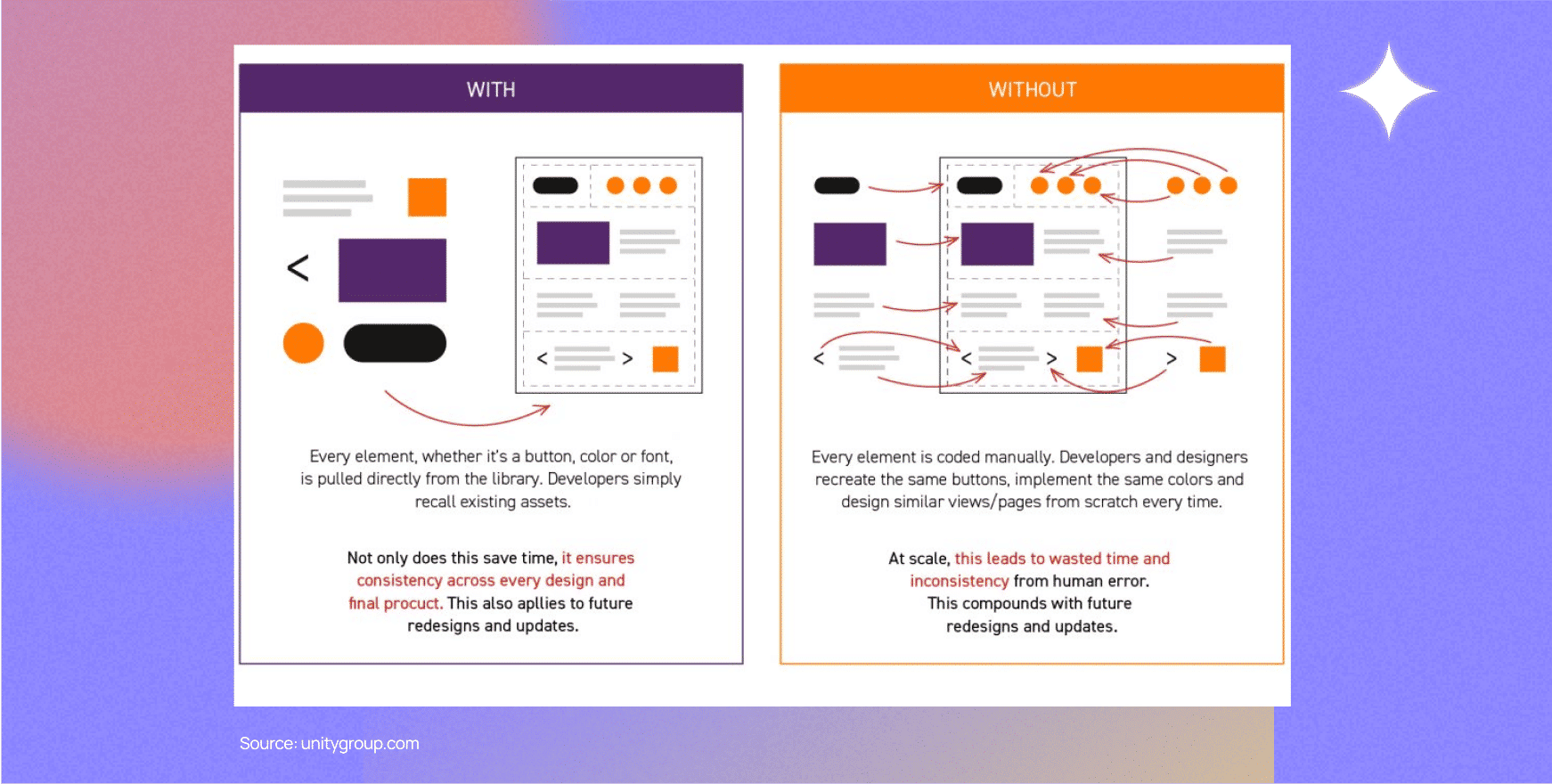
04
SCALE FASTER
By using a design system, designers can iterate on product designs more quickly and efficiently. Instead of starting from scratch every time, they can use the design system to make updates and improvements to existing products and features. For example, if a design system specifies that all buttons should be a certain size, color, and shape, one change in the system can translate across all design assets instantly.
05
Helps with Collaboration
Design systems can facilitate collaboration within the design team and across departments. By providing clear guidelines and reusable components, a design system can make it easier for designers to work together and ensure that the final product meets the needs of the business. This is especially true when working with multiple teams on enterprise projects.
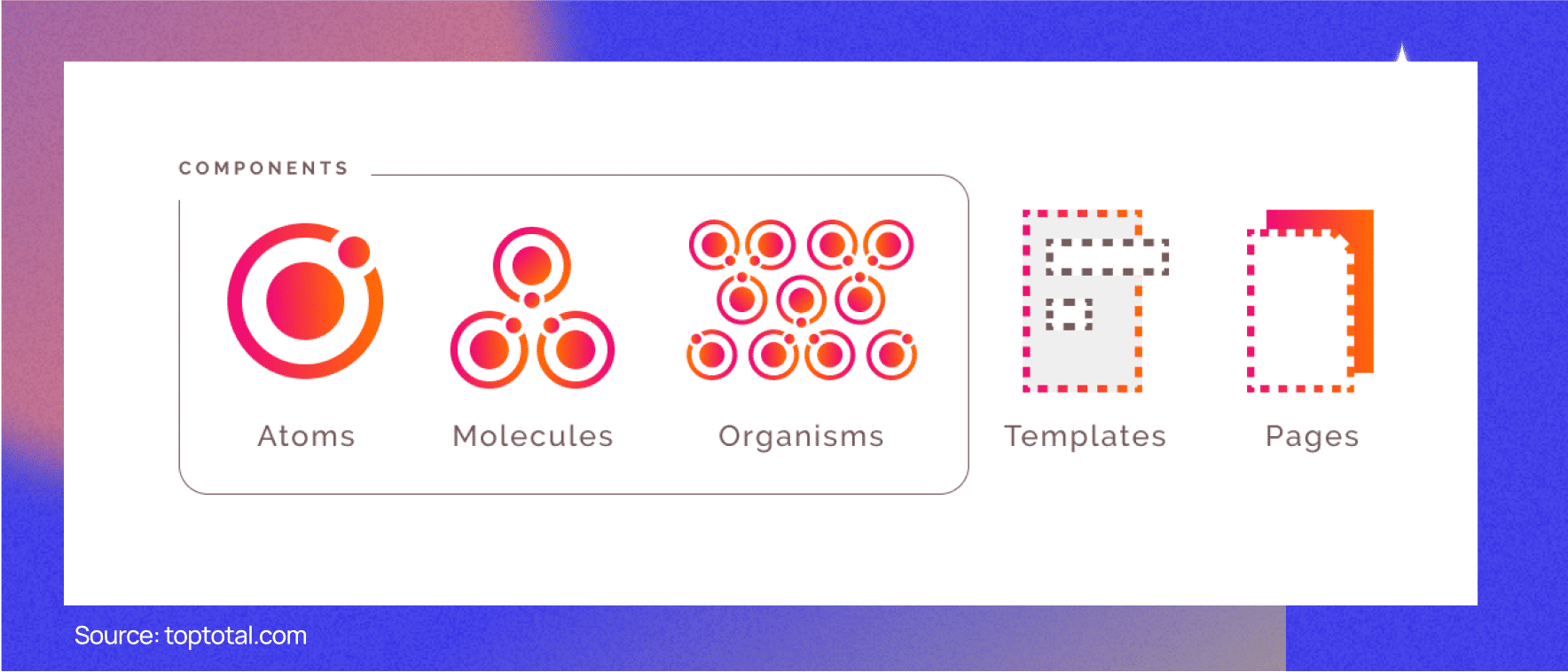

 All Work
All Work


